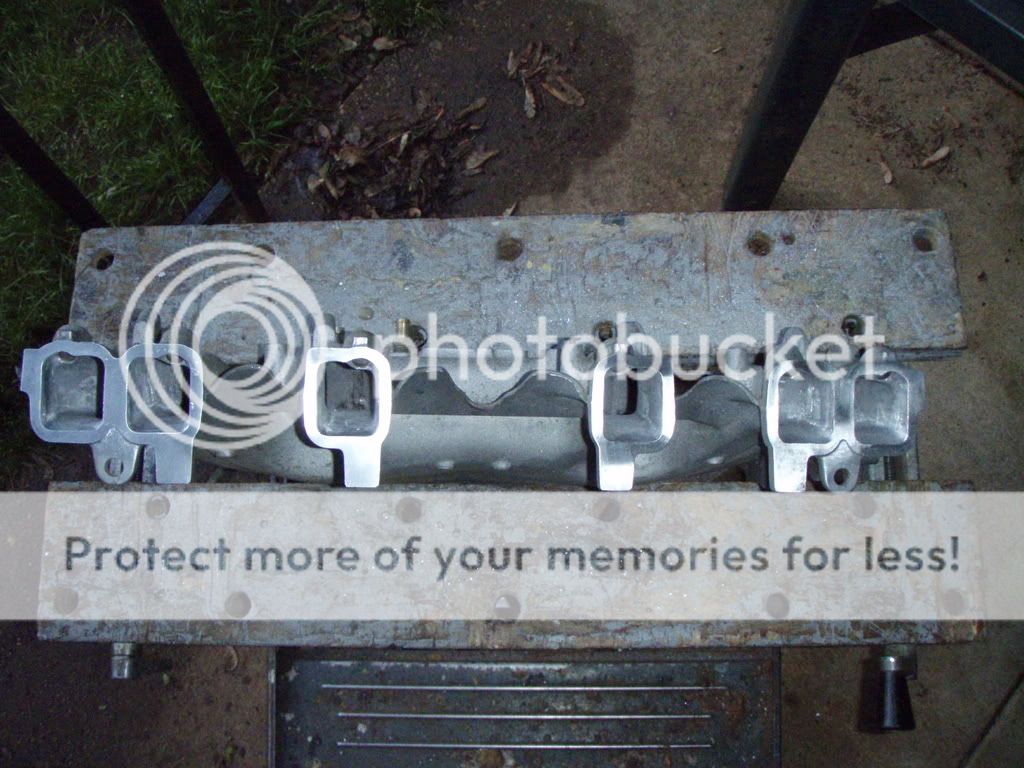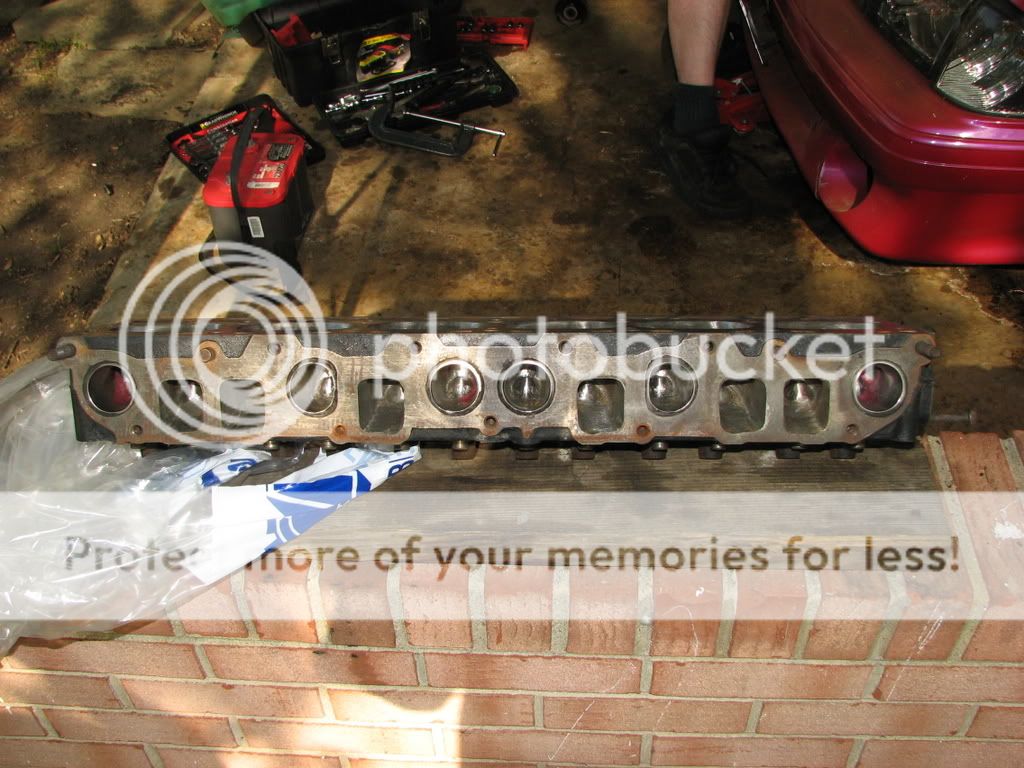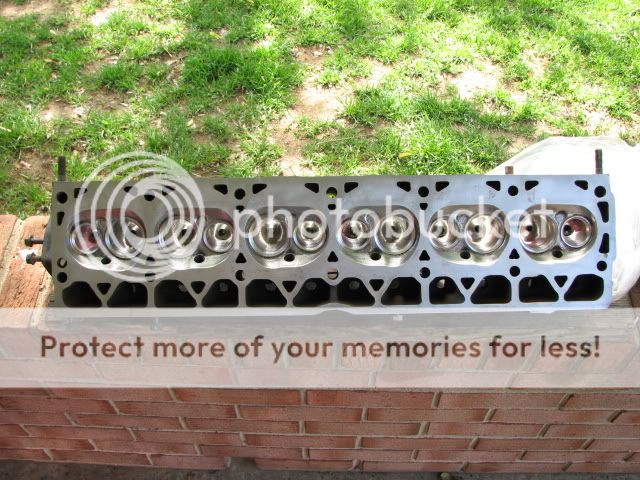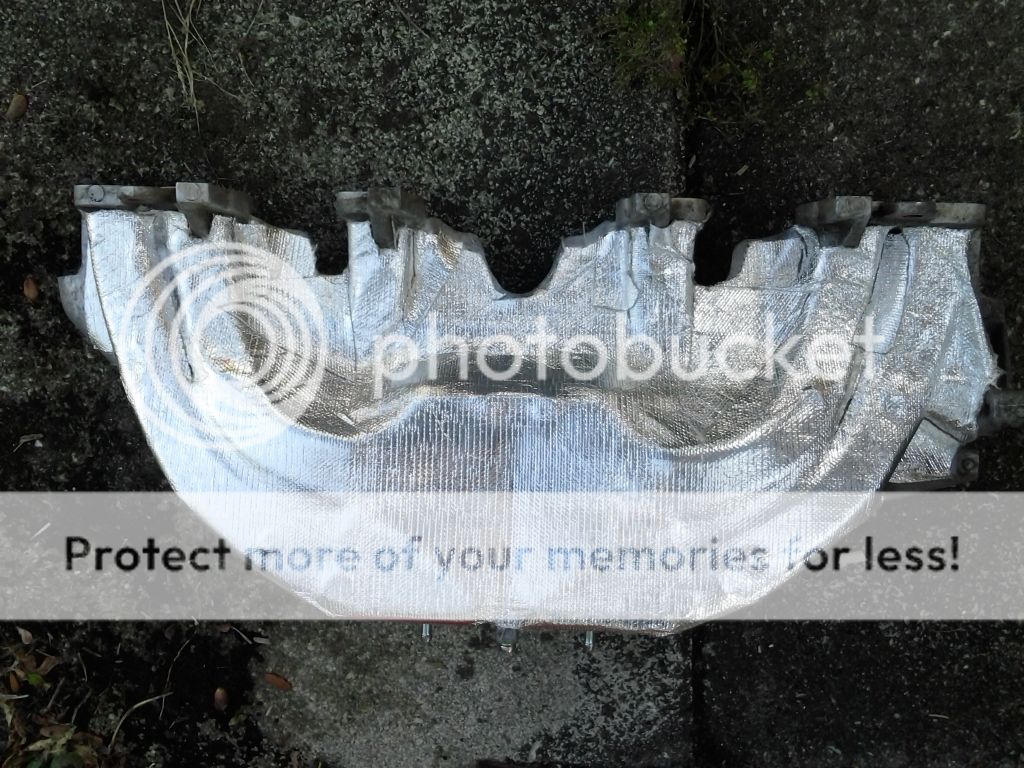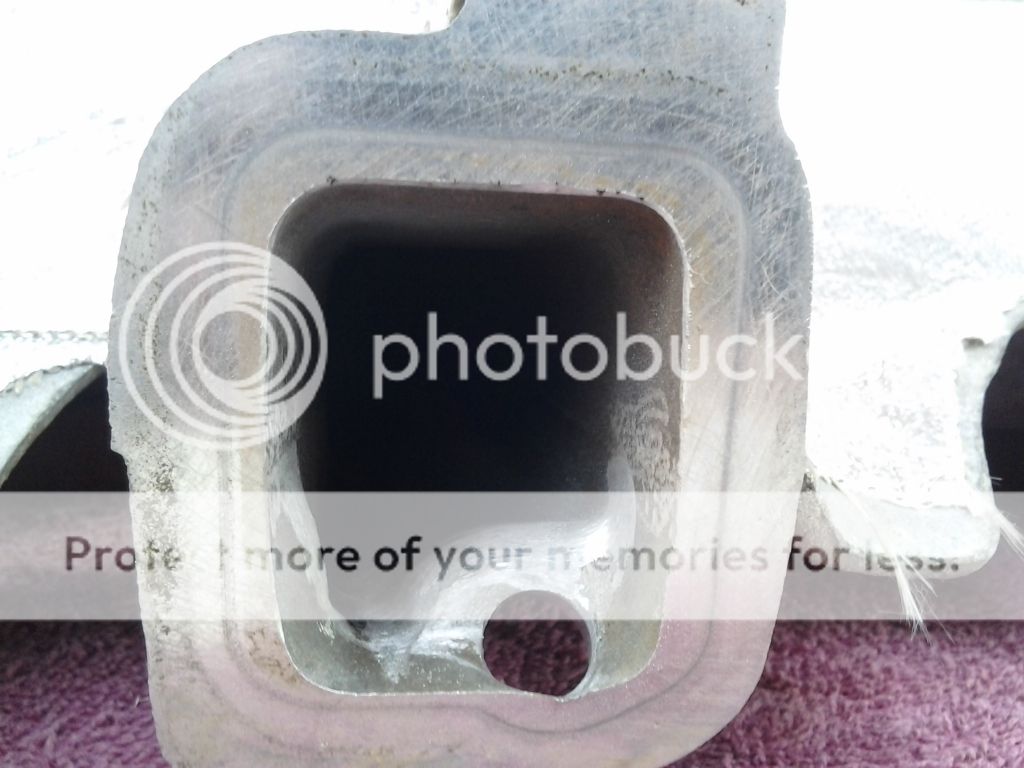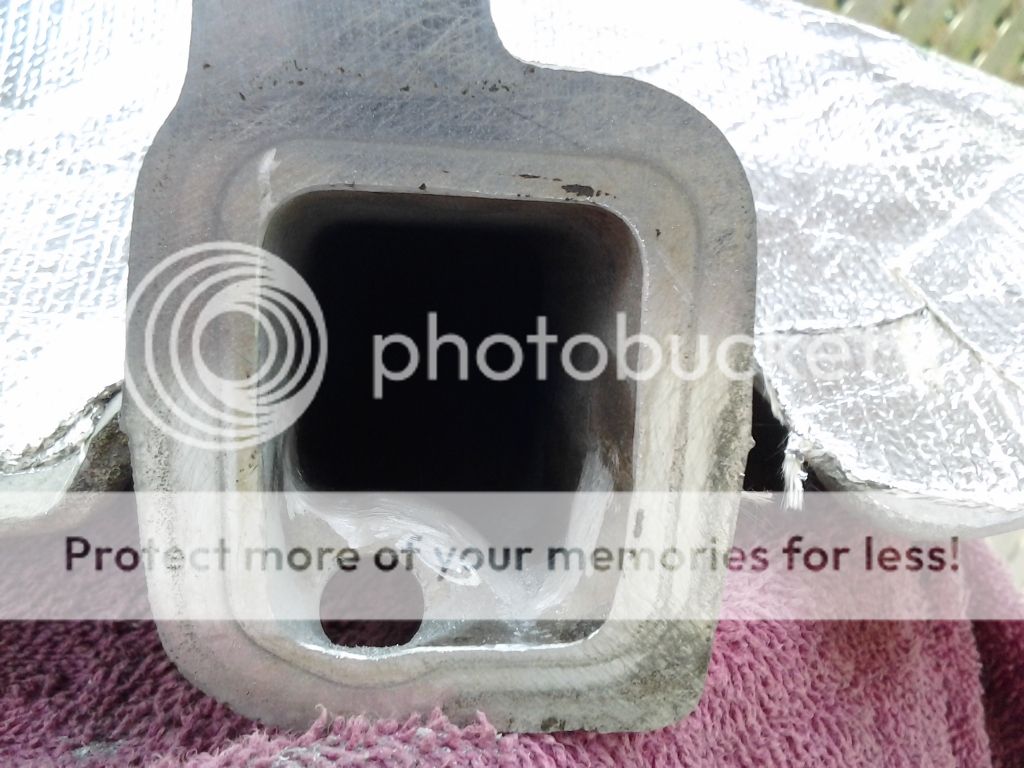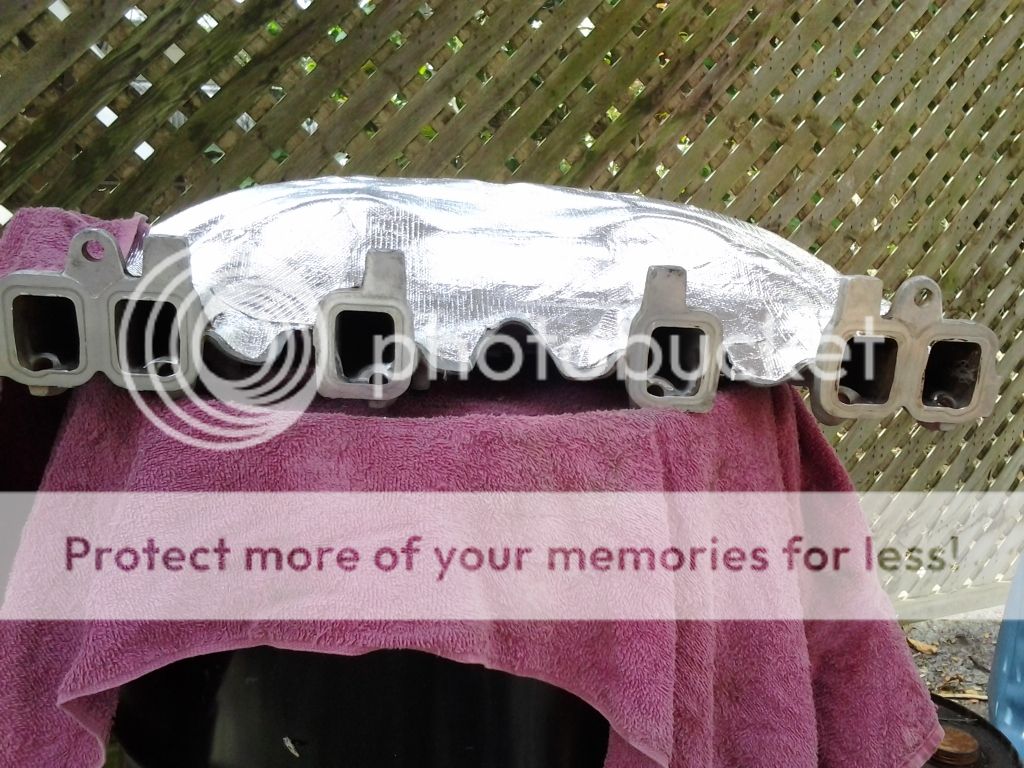streetxj
NAXJA Forum User
- Location
- Pembroke Pines, FL
Hello guys,
I just bought an intake manifold that came from a 2003 4.0 grand cherokee and I've been reading different forum topics and articles related to the swap. One thing I've noticed is that the injector bosses seem to become larger as you move from the outer runners into the middle runners. Did the factory do this to "equalize" the amount of air moving into the intake ports across the engine? Can I grind them down to match the outer injector bosses like this guy did or should I leave it alone? Here's the link. http://mallcrawlin.com/forum/showthread.php?6355-4-0L-99-intake-manifold-swap-with-REAL-DYNO-NUMBERS!
It's for my 1996 jeep cherokee. Mods are modified stock intake system with K&N panel filter, 62mm throttle body, precision auto fuel injectors, dent/pinch removed from down pipe, 180 degree thermostat, thunderbolt spin-cat catalytic converter and dynomax super turbo catback.
I just bought an intake manifold that came from a 2003 4.0 grand cherokee and I've been reading different forum topics and articles related to the swap. One thing I've noticed is that the injector bosses seem to become larger as you move from the outer runners into the middle runners. Did the factory do this to "equalize" the amount of air moving into the intake ports across the engine? Can I grind them down to match the outer injector bosses like this guy did or should I leave it alone? Here's the link. http://mallcrawlin.com/forum/showthread.php?6355-4-0L-99-intake-manifold-swap-with-REAL-DYNO-NUMBERS!
It's for my 1996 jeep cherokee. Mods are modified stock intake system with K&N panel filter, 62mm throttle body, precision auto fuel injectors, dent/pinch removed from down pipe, 180 degree thermostat, thunderbolt spin-cat catalytic converter and dynomax super turbo catback.

